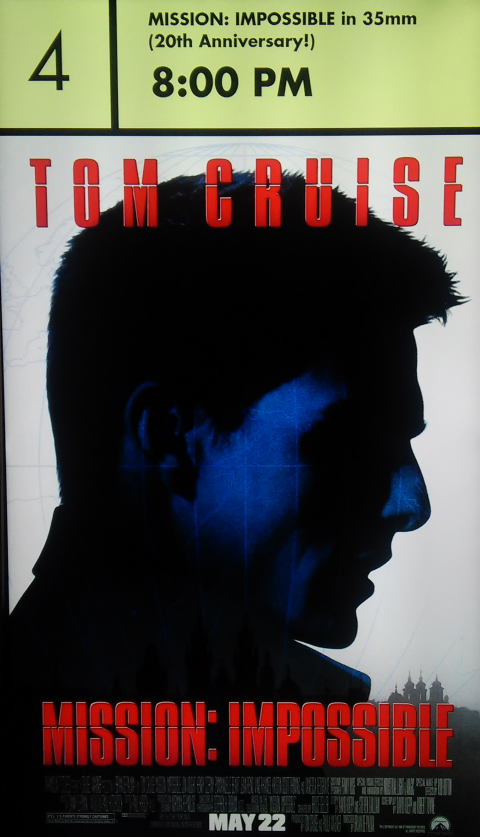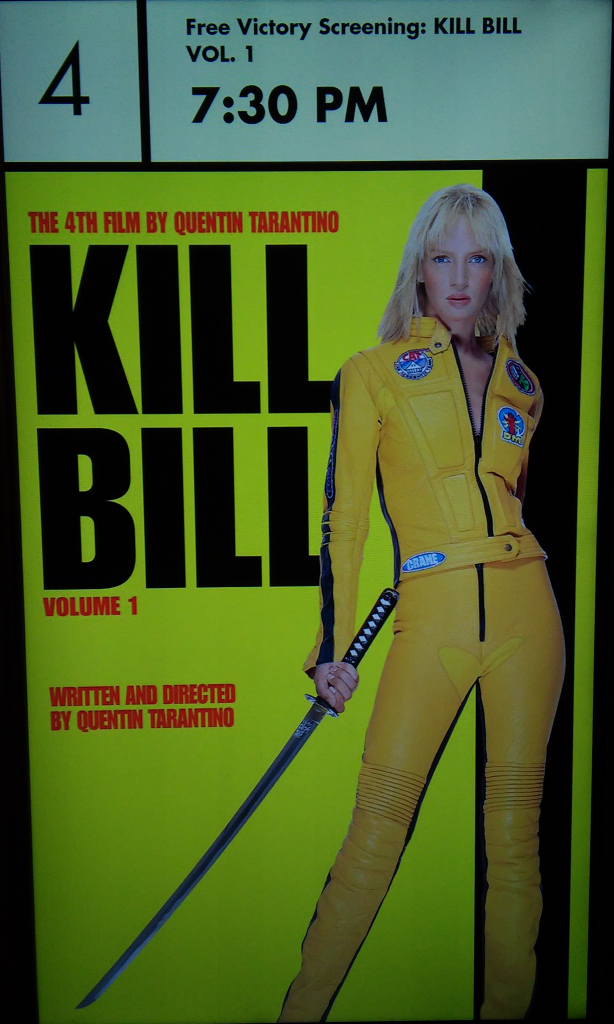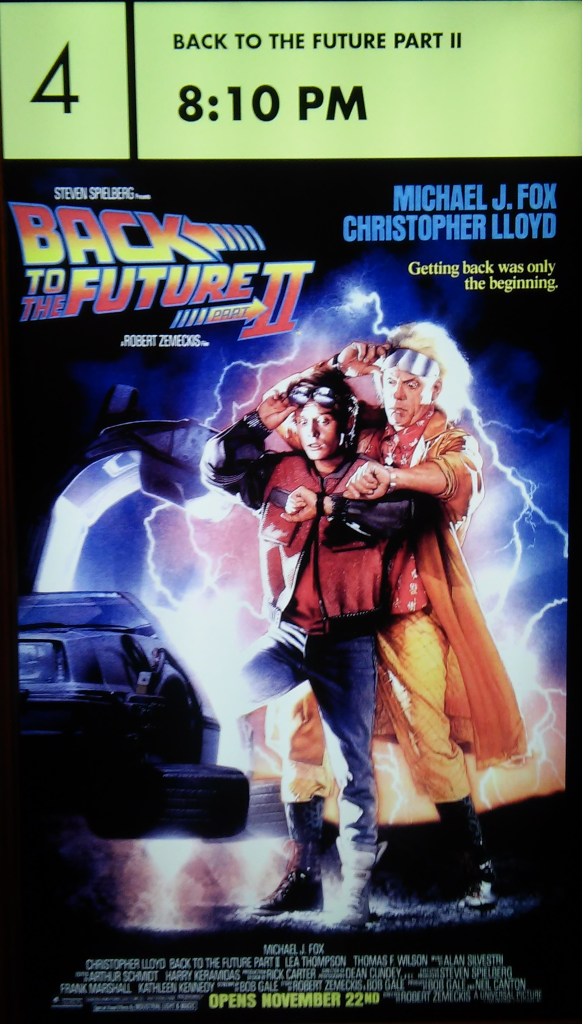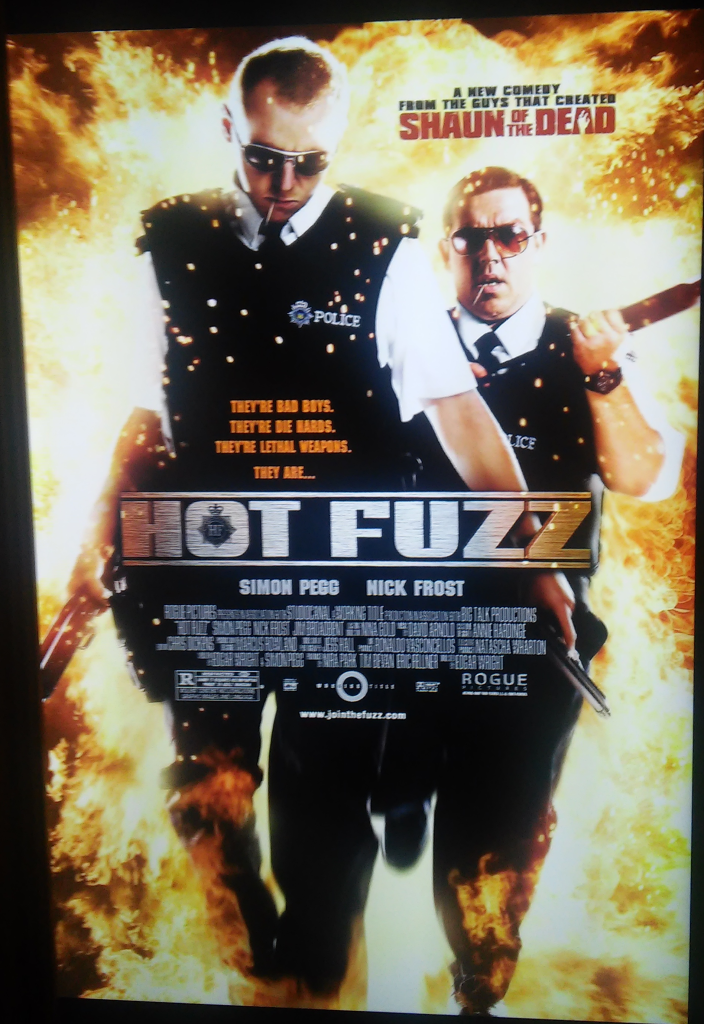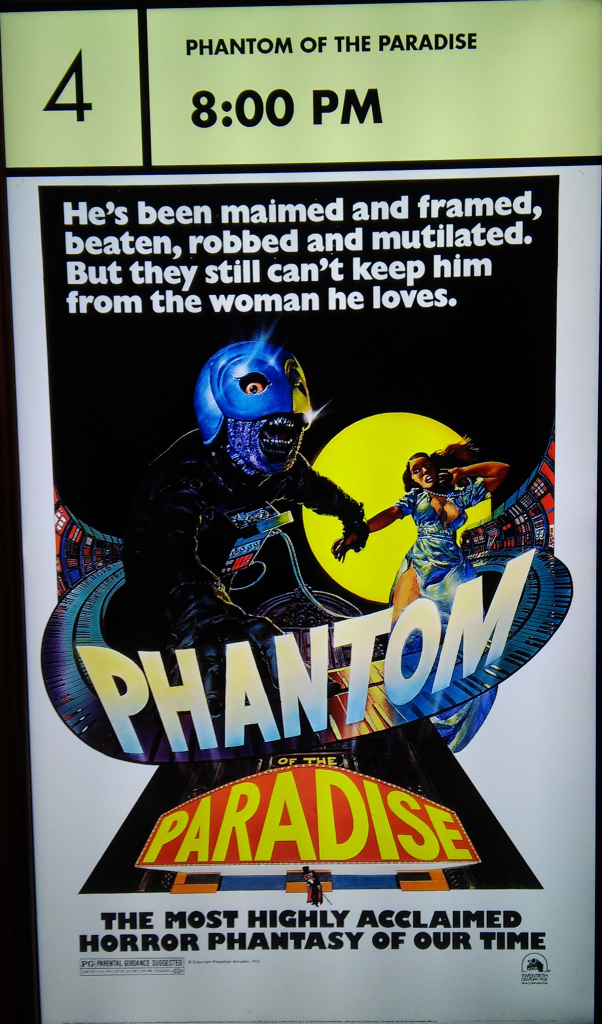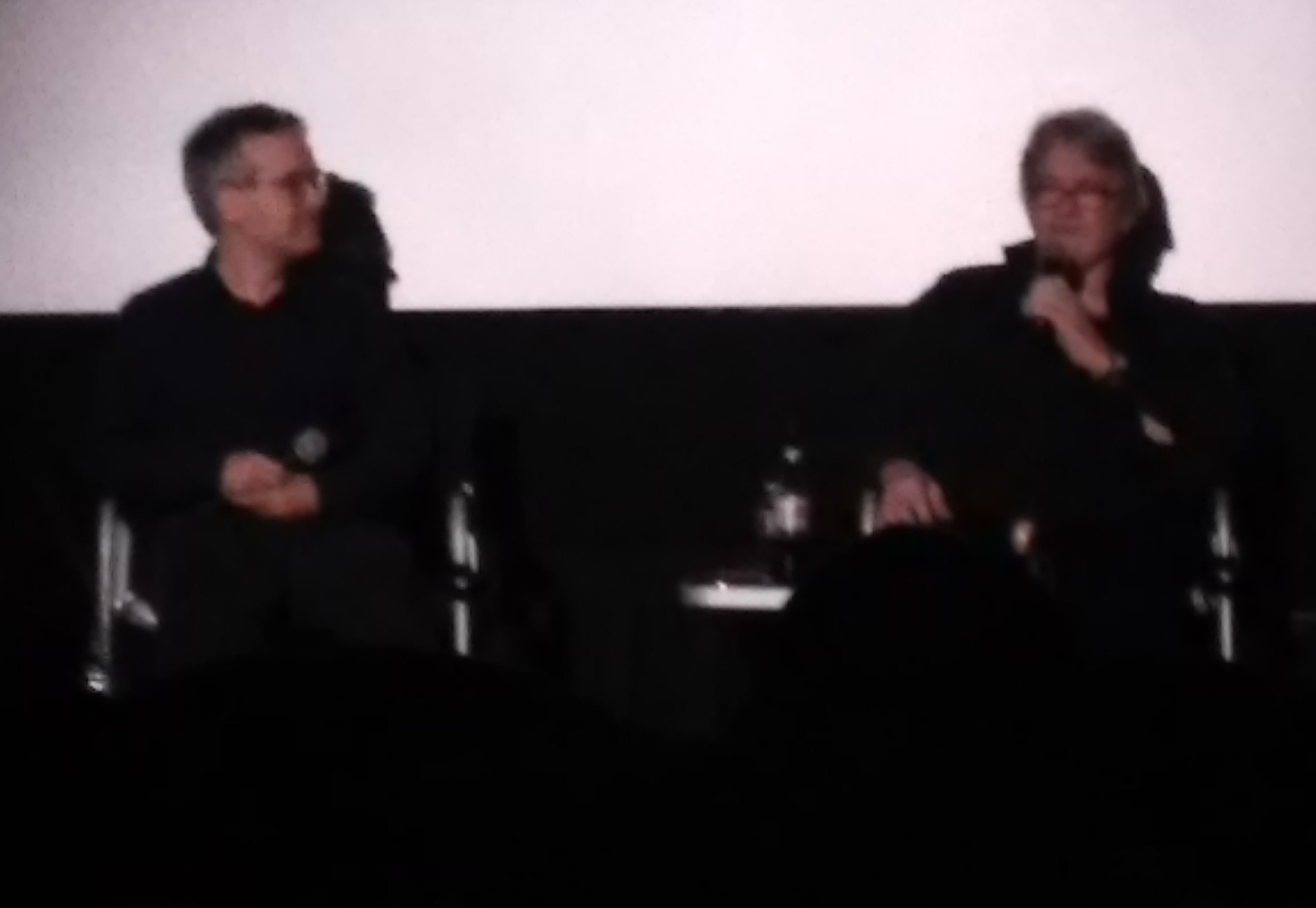Original Release Date: May 22, 1996
Directed by Brian De Palma
Written by David Koepp (story and screenplay), Steven Zaillian (story), and Robert Towne (screenplay), based on the television series created by Bruce Geller
Cast: Tom Cruise, Jon Voight, Emmanuelle Béart, Henry Czerny, Jean Reno, Ving Rhames, Kristin Scott Thomas, Vanessa Redgrave, Ingeborga Dapkunaite, Rolf Saxon, Andreas Wisniewski, Ricco Ross, Dale Dye, Marcel Iures, Emilio Estevez
Soundtrack: Danny Elfman
A lot can happen in twenty years.
Just ask Paramount. In the two decades they’ve been releasing Mission: Impossible films, they’ve also managed to put Star Trek into a space coffin, only to successfully resuscitate it again (although it did take them three movies to really get it right). Certain wisdom might suggest they think about packing the M:I series in after five films in twenty years, but it doesn’t look like they plan on stopping anytime soon, so long as Tom Cruise is still willing and able to do big, on-camera stunts.
What’s really funny, though, is that for a franchise that’s become synonymous with top-of-the-line action, the original movie seems quaint in comparison. In fact, outside of the helicopter vs. train sequence, 1996’s Mission: Impossible barely has any “action” as we think of it today. Yet, it’s still utterly engaging from start to finish. Who, you might ask, is responsible for this?
Ladies and gentlemen, I give you Mr. Brian De Palma.
His own contentious relationship with the movie aside, it’s undoubtedly one of his babies. Outside of gratuitous nudity, pretty much any De Palma hallmark you can think of can be found in Mission: Impossible: killing off important characters for shock value, rogue investigations, crane shots, Steadicam shots, sharply-angled shots, POVs, split diopter shots, stairwells, murder, blood, murder, payphones, murder, and, of course, lots and lots of tension.
He’s never gotten the same level of respect as his contemporaries (Spielberg, Lucas, Coppola, Scorsese), despite directing at least a few movies that have left indelible marks on pop culture (Carrie, Scarface, The Untouchables), but Brian De Palma is a remarkable talent nonetheless; unabashedly visual in his direction, and a quintessential expert in cinematic language [that’s sadly being lost as time goes on].
That said, the movie doesn’t rest entirely on De Palma’s shoulders, broad as they may be. At the time of its release, Mission: Impossible was, as the kids say, “a big effing deal,” and a lot of heavy hitters were involved. You had De Palma himself; you had Tom Cruise on top of the whole wide world (and producing his first picture); Jon Voight was still very much in the public eye (a cameo on Seinfeld certainly didn’t hurt his Q-Rating); Danny Elfman did the score; you had Paul Hirsch in the editing room (he cut together a little film called The Empire Strikes Back); and, last but not least, special make-up effects by Rob Bottin (The Howling, The Thing, RoboCop).
In other words, Mission: Impossible was always intended to be a big movie, not something the studio took minimal financial risk on and hoped did well, because they clearly went out and hired tried and true professionals, and, in the end, the investment paid off very well. The film is wonderful to watch, filled with all sorts of visual sumptuousness; the vault sequence where Tom Cruise is hanging on wires makes you tense up every time; and, as silly as it is, the end action sequence still looks fine, especially comparing effects from twenty years ago to modern CGI.
Again though, what makes Mission: Impossible truly special, in comparison to other action-espionage films as well as its own sequels, is the lack of reliance on gunplay and general action schlock. It may not be a hard spy film like A Most Wanted Man, but, like many other Brian De Palma features, it starts out grounded enough in reality to make the insanity that comes later seem plausible while you’re engaged with it.
As much as I do enjoy the recent entries in the series, Mission: Impossible is still the best of the bunch. Quite simply, it’s captivating, gorgeous, and fun. A great popcorn movie if there ever was one.
Rating: ★★★★½

